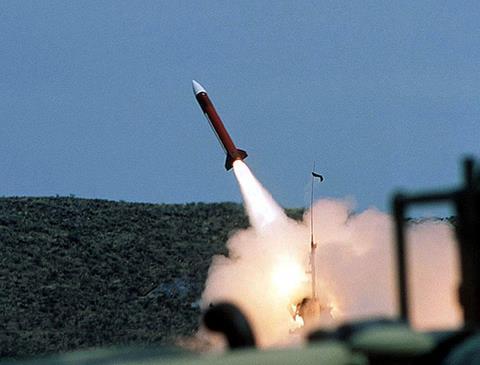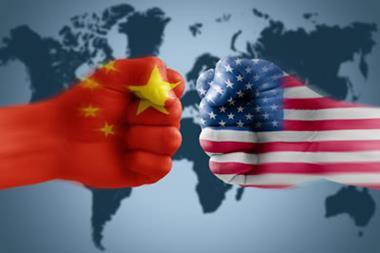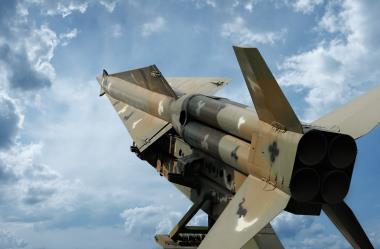Under-prepared, over sensitive or business as usual?


The narrative of the rogue regime in North Korea carries on, with two recent tests of the country’s first intercontinental ballistic missiles showing the weapons development plan of the North continues at an increasingly accelerated pace. New efforts at engagement by new South Korean President Moon Jae-in are unlikely to have much effect, indeed he doesn’t expect them to, he is just trying to set the stage and demonstrate his willingness to engage, hoping the North Korean regime may begin to soften.
After tests around significant North Korean national holidays in July, August and September will bring more such dates – and US sanctions - which will present opportunities for more provocations and gestures. More tests are all but certain, and so companies with operations or supply chains in South Korea need to steel themselves for further actions, and further headlines to stir up concern and interest by senior management and investors.
The reality of the situation on the ground in South Korea does not match the media image of a country on the brink of war. Control Risks’ Director of North Asia analysis, Andrew Gilhom, points out that the security environment in South Korea remains low risk and that nobody, from the main protagonists to the key players like China and the US, is showing signs of escalation to all out conflict.
However, Andrew also notes that the situation has been on a steady negative trajectory and there is no resolution in sight. Meaning that we can expect the volume of incidents to remain high and, critically, the chance for a miscalculation or sudden deterioration to increase. Ironically, the current dichotomy of high drama but low day-to-day impact has led to companies, particularly those with long standing South Korean operations, to be in two reaction modes at once.
On the one hand, we see many investors, senior execs and Boards becoming quite skittish about the current situation, feeling that perhaps the reality on the ground is too unstable and the chance for disaster too high. Every time news outlets run an article talking about “severe consequences” and showing a missile blasting off, Risk teams face new questions and have to spend time re-looking at the situation and trying to assess whether something has changed, whether the latest action represents the tipping point into destruction.
But, at the same time, management teams on the ground tend to be extremely blasé about even the most extreme scenarios. South Koreans, having grown up under the cloud of regular air raid drills and constant state of almost war, see everything as business as usual. Even expats can be inured through experience or the influence of their colleagues and treat any effort for business continuity or evacuation planning as, at best, naïve and at worst interference by a headquarters who don’t understand the reality on the ground.
In the end, the best approach probably sits somewhere in between. Companies have to decide what their red line is; at what point they will start drawing down operations or redeploying staff. But that red line should be drawn with the full participation of in-country staff, who have an essential perspective and are the most affected, and regional or headquarters team who can make sure the overall risk tolerance of the Board and investors is represented. And it needs to be well thought out: a trigger of “nuclear test and increased rhetoric from the North Korean regime” is going to be blown past within a week and then you are faced with either ignoring your own threat triggers, which is dangerous or slowing down your operations unnecessarily. At the other end of the triggers spectrum, you risk your plans being inviable by the time you decide to move, since transport options could very rapidly be curtailed.
Finally, think details. We have so many conversations which are along the lines of “and then we’ll get our people out and run things out of Tokyo” but there is no detail on how they will be able to move their teams, no specificity on who they will move or any consideration of the wider regional dynamics which may mean Tokyo is affected as well.
This is the classic test for a Risk team, a bright shiny situation which has been up and down for so long, but is so well covered in the press, that it is hard to know what, if anything you should do. And while it isn’t the apocalypse some would have you believe, neither is it business as usual.




















No comments yet